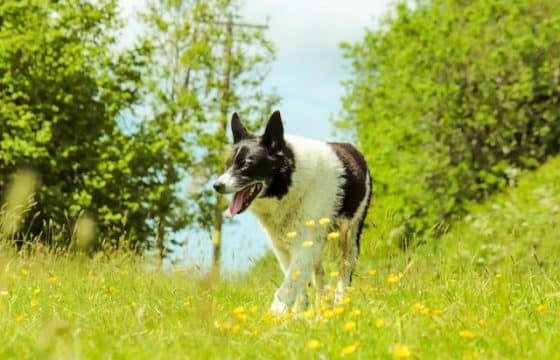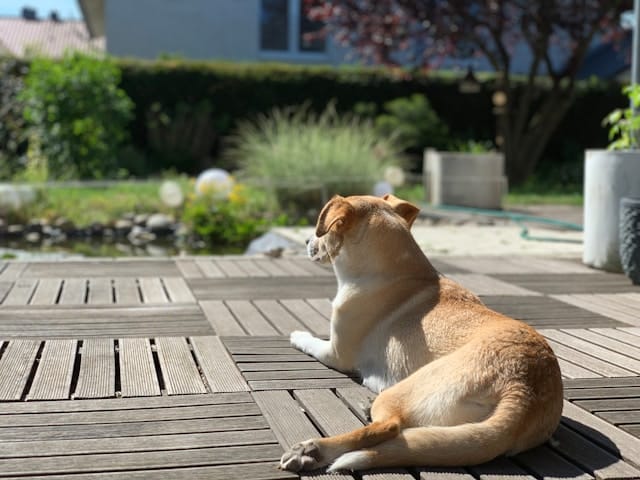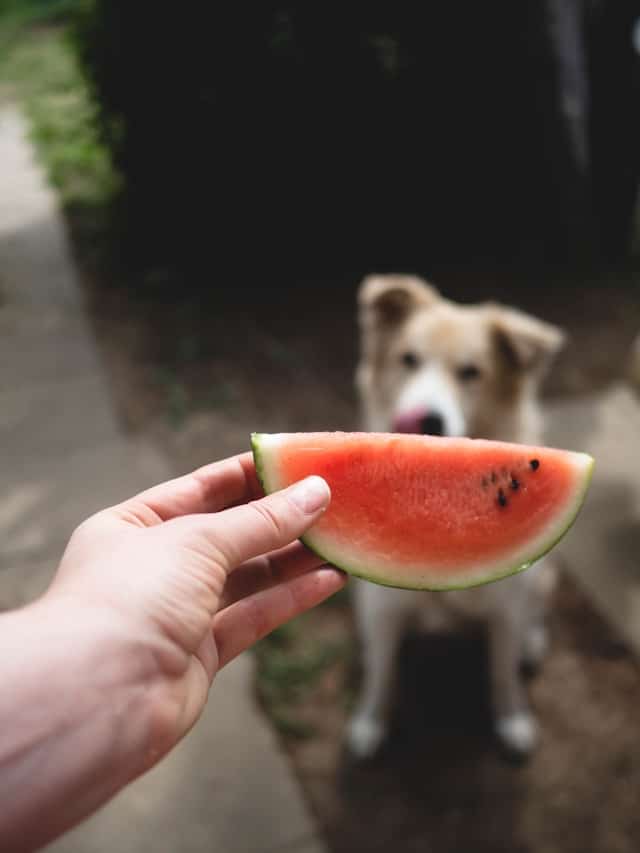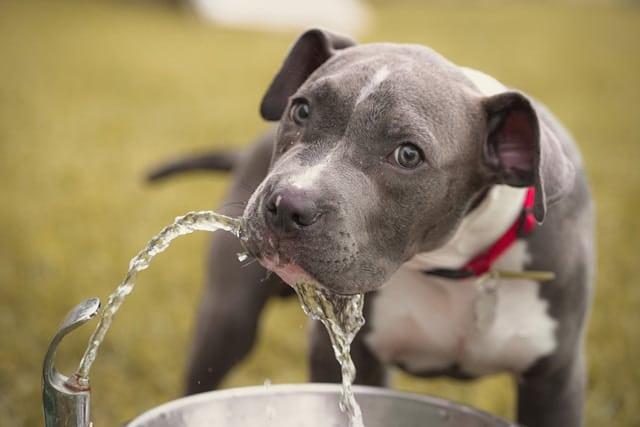Here’s where raw feeding shines. Because it’s biologically appropriate and rich in moisture, raw dog food is far easier for dogs to digest, especially during hot spells.
That said, you may still notice they’re not eating with their usual gusto.
So… should you reduce their portions?
In most cases, slightly reducing meals (by around 10%) during periods of reduced activity is absolutely fine.
You’re not ‘underfeeding’, you’re matching intake to energy output, which is smart nutrition.
But here’s the key:
Always keep an eye on your dog’s body condition, energy levels, and poo quality. These are your indicators of how your dog is coping with the heat, and whether any changes you’re making are working for them. If those markers look good, chances are you’re on the right track.
No need to overthink it, follow your instincts; if your dog looks and feels good, you’re probably hitting the mark.
One of the many benefits of a raw food diet is how well it supports dogs through the seasons. It’s easier to digest and naturally hydrating, so can help keep appetites steady in the heat.
Want more tips on helping your dog stay cool and comfortable? Check out our guide, How to Keep Your Dog Cool.
And if you’re just starting out with fresh, natural food, our Raw Dog Food for Beginners guide will walk you through everything you need to know.










0 comments